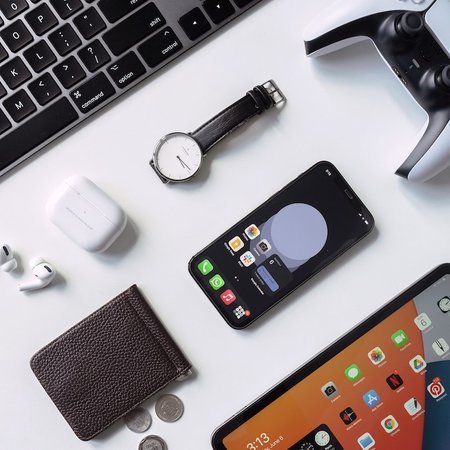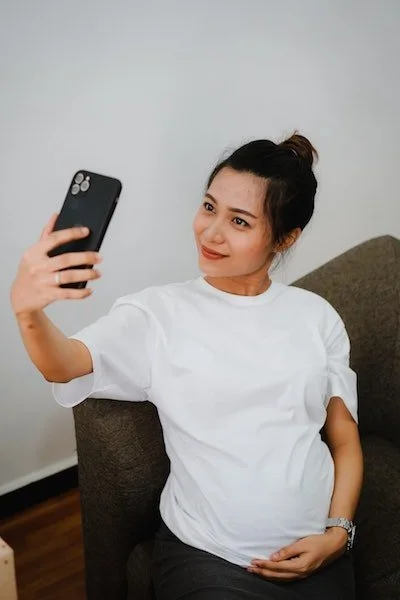Research shows that beauty tutorials are vastly more popular than branded content made by cosmetics companies themselves. The hard-sell ad becomes annoying when it pops up before a YouTube video plays. People want to see the product in action before they decide to purchase it. This is why a review video can garner millions of views within days. Convenience, entertainment, and information are contained in one 15-minute video.
In an interview with Clozette, Yi Wei Lau, a Senior Marketing Executive of Cason Group, Beautyblender’s distributor in Malaysia, shares “Consumers today refer to [or] rely a lot on the content creators’ user experience before they proceed to make their own purchase.” For Lau, the direct one-to-one relationship between the content creator and viewer is invaluable as they act as a “medium to reach out to our potential customers directly [since] the direct communication [has a] significant influence on customers’ buying will.” Similar to a friend recommending something for you to try, the relationship between a content creator and viewer is genuine and built on the trust established through time.
Beautyblender is just one of the many beauty brands that gained popularity and following after it became a staple in beauty vloggers’ makeup video. But with raving reviews, it soon became a must-have and deemed “revolutionary” in one’s daily makeup routine.
It’s undeniable that beauty content creators have the world at their fingertips. Whether they continue to upload beauty videos while running their own beauty brands, or choose to leave YouTube behind and pursue a different path (like Michelle Phan), these successful beauty content creators will always have a big impact on the community they’ve built around their content. There’s always makeup to be reviewed, skincare to be tested, and new tools to try. Beauty vloggers are here to stay - hopefully, for the better.










